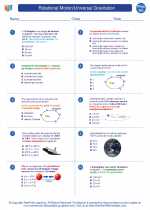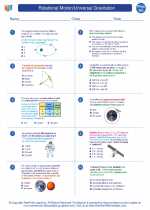Pangaea: The Supercontinent
Pangaea is the name given to the supercontinent that existed during the late Paleozoic and early Mesozoic eras, about 300 to 180 million years ago. The concept of Pangaea was proposed by Alfred Wegener, a German meteorologist and geophysicist, in 1912. He suggested that the continents were once connected as one large landmass and later drifted apart to their current positions.
Evidence for Pangaea
Wegener supported his theory of Pangaea with several lines of evidence:
- Fossil Evidence: Similar plant and animal fossils were found on continents that are now separated by oceans, suggesting that they were once part of the same landmass.
- Geological Evidence: Rock formations and mountain ranges on different continents lined up when Pangaea's landmasses were fitted together.
- Climate Evidence: Evidence of glaciation and ancient climate patterns matched up when the continents were reconstructed to form Pangaea.
- Continental Drift: The fit of the continents' coastlines and the matching geological features supported the idea of continental drift.
Breakup of Pangaea
Over millions of years, Pangaea began to break apart due to the movement of tectonic plates. This process led to the formation of the current continents and the configuration of the Earth's landmasses that we see today.
Study Guide
To study the concept of Pangaea, focus on the following key points:
- Understand the evidence that supports the existence of Pangaea, including fossils, geological formations, and climate patterns.
- Learn about the process of continental drift and how it contributed to the breakup of Pangaea.
- Explore the geological features and landforms that resulted from the breakup of Pangaea, such as the formation of new ocean basins and the movement of continents.
- Consider the implications of the Pangaea theory on our understanding of Earth's geological history and the distribution of species across continents.
By mastering these concepts, you will gain a comprehensive understanding of Pangaea and its significance in the field of geology and Earth sciences.
[Pangaea] Related Worksheets and Study Guides:
.◂Physics Worksheets and Study Guides High School. Rotational Motion/Universal Gravitation

 Worksheet/Answer key
Worksheet/Answer key
 Worksheet/Answer key
Worksheet/Answer key
